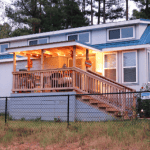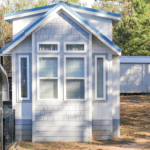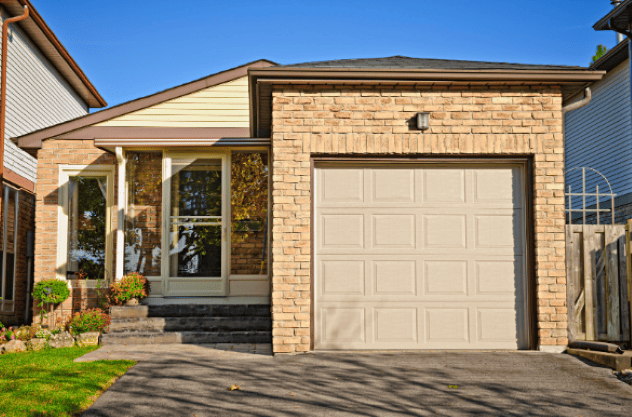
In the vast world of architecture and home design, there is a rising star that stands out not because of its size, but because of its efficiency and innovation: the tiny house. Just as technology has taught us that powerful things can come in small packages—think smartphones or compact electric vehicles—tiny houses are revolutionizing the way we view living spaces. Today, let’s explore the top five emerging trends in tiny house design that are set to shape the future.
1. Multi-Functional Furniture
Space is a luxury in tiny homes. Thus, furniture that serves multiple purposes is more than just convenient; it’s essential. Think sofas that transform into beds, stairs with built-in drawers, or tables that fold out from walls. The need for versatile furnishings has sparked a surge in creative solutions, ensuring that every square foot of a tiny house is used effectively.
2. Smart Home Integration
As we venture deeper into the age of technology, smart home features are becoming a staple for modern houses, and tiny homes are no exception. From voice-activated lighting to intelligent heating systems that learn your preferences over time, integrating smart technology ensures that tiny houses are as comfortable and convenient as their larger counterparts. Plus, with the added benefit of remote monitoring and control, residents can maintain their home’s security and efficiency even when on the move.
3. Green and Sustainable Building
Tiny houses, by nature, already promote sustainable living due to their reduced footprint. However, the trend is moving towards incorporating more eco-friendly materials and building techniques. Solar panels, green roofs, and rainwater harvesting systems are just a few features being added to minimize the environmental impact. Additionally, there’s a growing interest in using reclaimed and recycled materials, which not only cuts down on waste but also adds character and uniqueness to each home.
4. Expandable and Modular Designs
One of the biggest misconceptions about tiny houses is that they are restrictive. However, new design trends are challenging this notion. Expandable sections, like pull-out modules or fold-down patios, allow homeowners to temporarily increase their living space when needed. Furthermore, modular designs enable residents to reconfigure or expand their homes with ease, ensuring that the house evolves alongside its inhabitants’ needs.
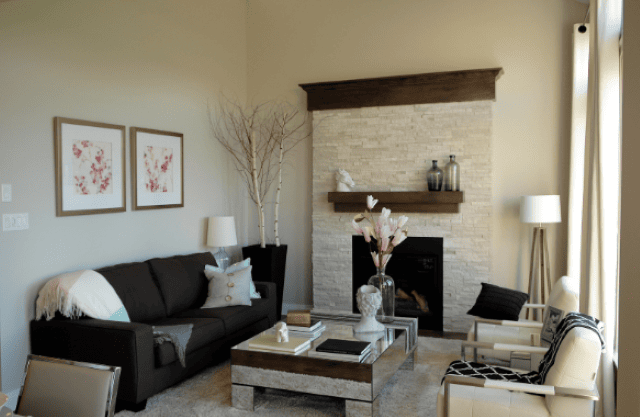
5. Community-Centric Living
The concept of tiny house communities is gaining traction. These are planned areas where multiple tiny houses are clustered together, sharing amenities like gardens, communal kitchens, and recreational spaces. Such communities foster a sense of togetherness and shared responsibility. By emphasizing community living, these setups provide a counter-narrative to the often isolating urban living experience, redefining what it means to be neighbors.
Significance of Tiny Houses
- Environmental Benefit: Their small size means a reduced carbon footprint, consuming fewer resources in heating, cooling, and maintenance.
- Financial Freedom: Without hefty mortgages, tiny houses offer a path to financial independence and lessened economic burdens.
- Simplified Living: Living in smaller spaces promotes decluttering and emphasizes the importance of essential items, fostering a minimalist lifestyle.
- Mobility: Many are built on trailers, enabling residents to relocate with ease, embracing a nomadic way of life.
Features of Tiny Houses
- Space Efficiency: Designs often include multi-purpose fixtures like lofted beds and fold-down desks to maximize available space.
- Customization: Owners can tailor designs, reflecting personal needs and aesthetics.
- Eco-friendly Systems: Many incorporate sustainable features like solar panels and composting toilets.
- High-Quality Materials: Due to the size, builders often prioritize durable, high-quality components.
- Open Layouts: Emphasis on open plans and ample windows ensure interiors feel airy and spacious.
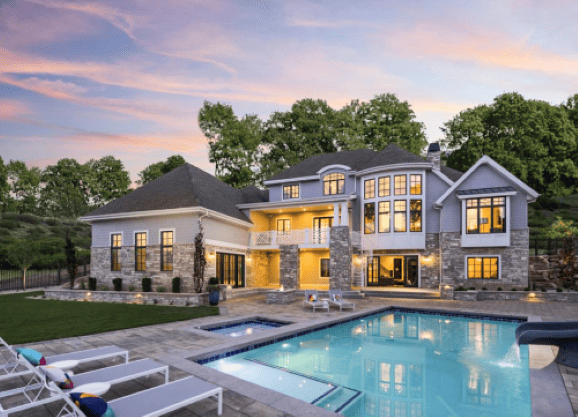
Conclusion
The tiny house movement is more than just a trend—it’s a testament to human ingenuity and adaptability. As our world evolves, our living spaces must too. The future of tiny house design promises homes that are efficient, sustainable, adaptable, and community-oriented. These emerging trends are not just shaping the tiny homes of tomorrow but are also challenging our perceptions of what it means to have a “dream home.” In a world where less is becoming more, the tiny house stands tall as a beacon of innovative design and sustainable living.

